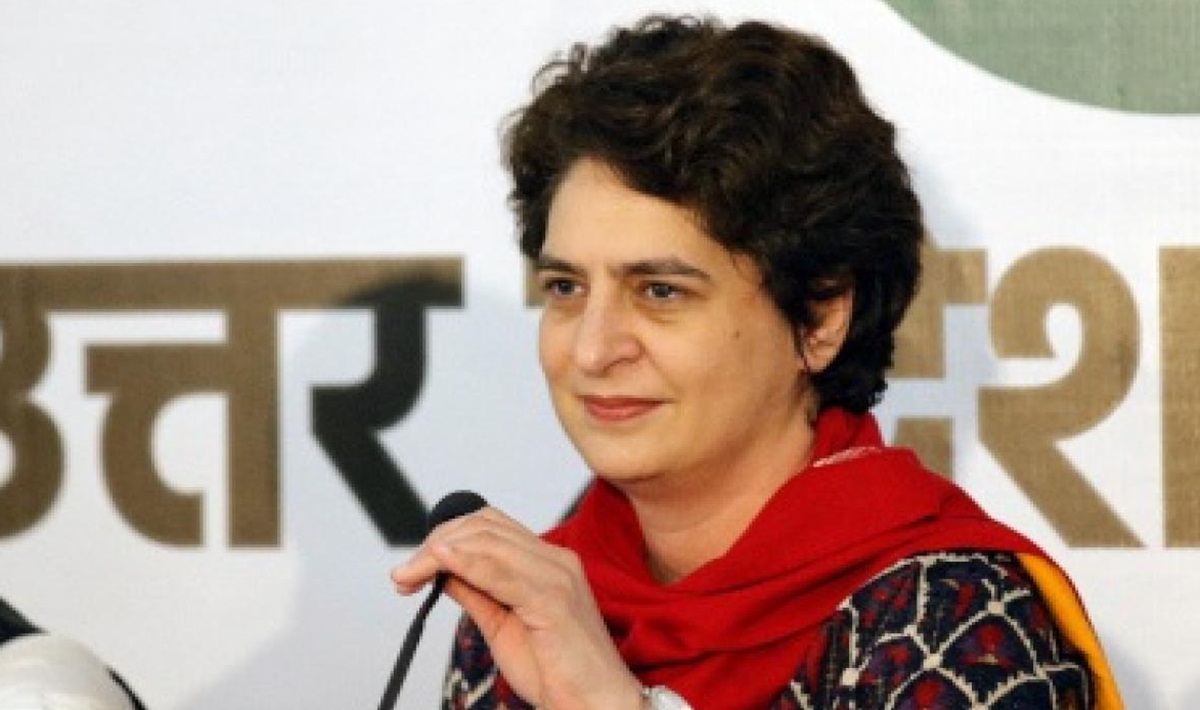In a recent controversy, Shiv Sena UBT leader Sushma Andhare has found herself in hot water after sharing a video showcasing a pothole-filled road, aimed at criticizing Maharashtra Deputy Chief Minister and Home Minister Devendra Fadnavis. The video, which Andhare posted on her official social media account on X, has sparked debate and fact-checking from netizens, who assert that it is not from India but rather an old clip from China.
The video shared by Andhare features a road riddled with massive potholes filled with water, causing significant difficulty for vehicles attempting to pass through. In her post, she captioned it, “Quality roads and Fadnavis’ words, transformation will happen,” while tagging Fadnavis’s official account and the Shiv Sena UBT. The footage captures various vehicles—including cars, vans, and trucks—struggling to navigate the treacherous conditions, with one biker narrowly avoiding a major accident.
Andhare’s intention to highlight the dire state of Maharashtra’s roads under the current administration quickly backfired as social media users began to fact-check the video. Many netizens pointed out that the clip was not only outdated but also filmed four years ago in China. This revelation has led to widespread criticism directed at the Sena UBT leader for disseminating what many perceive as misleading information.
Despite her long-standing advocacy for public issues and vocal criticism of the Mahayuti government, Andhare’s misstep in this instance has drawn significant ire, undermining her credibility. As the discourse continues, the incident underscores the challenges politicians face in the age of social media, where misinformation can quickly turn against them.
The unfolding situation raises questions about the accountability of public figures in verifying the authenticity of content before sharing, especially when addressing pressing civic concerns. The backlash highlights the need for more responsible communication in the political arena, particularly as Maharashtra navigates ongoing infrastructure challenges.






